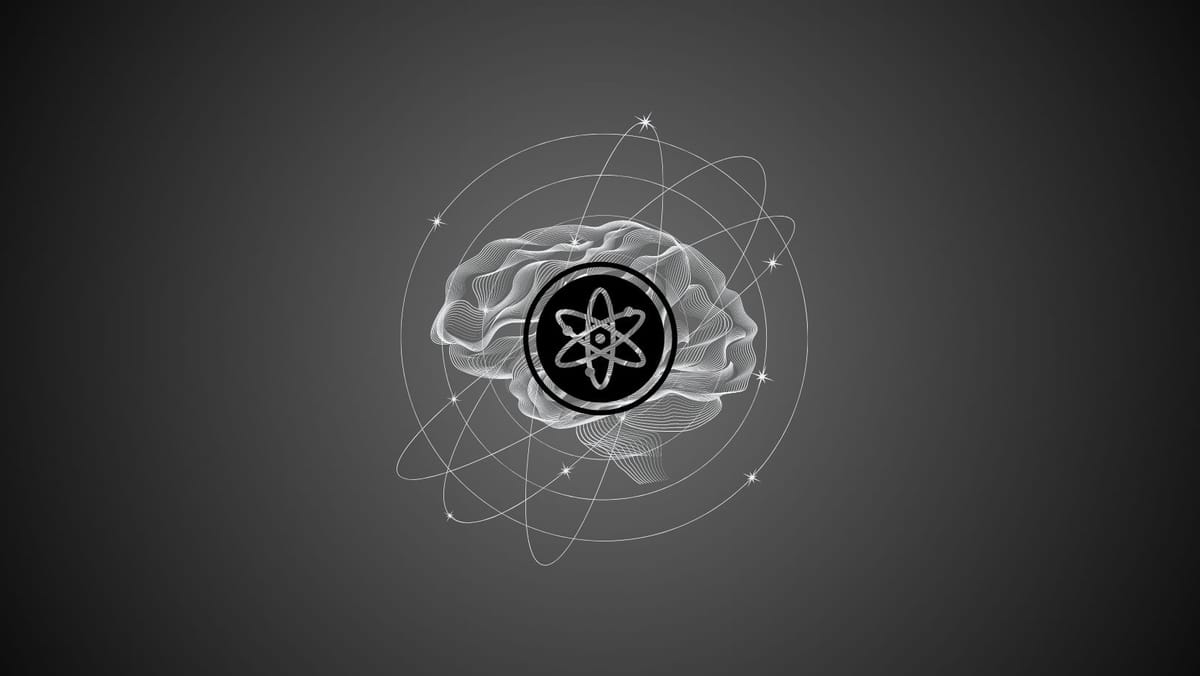Understanding the Cosmos Ecosystem
Introduction to Cosmos
Cosmos, a groundbreaking blockchain ecosystem, stands at the forefront of revolutionizing decentralized networks and interoperability. At its core, Cosmos addresses one of the most pressing challenges in the blockchain space—interconnectedness. Launched with the vision of creating an Internet of Blockchains, Cosmos employs innovative technologies and protocols to enable seamless communication and collaboration between sovereign blockchains. The ecosystem is built on a solid foundation, featuring the Tendermint consensus algorithm, Inter-Blockchain Communication (IBC) protocol, and the Cosmos Software Development Kit (SDK). These elements work in harmony to establish a scalable and secure environment where individual blockchains, referred to as "Zones," can operate independently while retaining the ability to interact with one another through the Cosmos Hub. This introduction merely scratches the surface of the Cosmos ecosystem, a dynamic and evolving landscape that continues to shape the future of decentralized systems, interoperability, and blockchain innovation.
Core Components of Cosmos
The core components of the Cosmos ecosystem are instrumental in shaping its robust infrastructure and facilitating seamless interoperability among various blockchains. At the heart of the Cosmos architecture is the Tendermint consensus algorithm, a Byzantine Fault Tolerant (BFT) algorithm that ensures secure and efficient transaction validation across the network. Complementing this is the Inter-Blockchain Communication (IBC) protocol, a revolutionary feature that empowers blockchains within the Cosmos ecosystem to communicate and transact with each other. This interoperability is a game-changer, allowing for the exchange of assets and information across different blockchains.
Facilitating the creation of new blockchains and applications within the Cosmos ecosystem is the Cosmos Software Development Kit (SDK). The SDK provides developers with a comprehensive set of tools, libraries, and frameworks, simplifying the process of building and launching their blockchain projects. This developer-friendly approach contributes to the diversity and innovation within the Cosmos ecosystem, fostering the creation of unique and specialized blockchains.
Cosmos Hub and Zones
The Cosmos Hub and Zones architecture plays a pivotal role in realizing the vision of an interconnected web of blockchains within the Cosmos ecosystem. At the center of this design is the Cosmos Hub, often referred to as the "Hub of Hubs." The Cosmos Hub serves as a central point of coordination and communication, facilitating interoperability among different blockchains, known as Zones, within the Cosmos network. As the primary hub, it maintains a ledger of connected Zones, overseeing the secure transfer of assets and information between them.
On the other hand, Zones are individual blockchains that operate independently but can connect to the Cosmos Hub for enhanced interoperability. These sovereign Zones maintain their unique features, consensus mechanisms, and governance structures, allowing for customization and specialization based on specific use cases. The Zones are interconnected through the Inter-Blockchain Communication (IBC) protocol, enabling seamless and trustless communication between them.
Cosmos Validators and Staking
In the Cosmos ecosystem, Validators and Staking mechanisms play a crucial role in ensuring the security and stability of the network. Validators are responsible for validating transactions and proposing new blocks to be added to the blockchain. These entities play a critical role in maintaining the integrity of the network and are selected based on their reputation and the amount of cryptocurrency they commit as collateral.
Staking, within the Cosmos network, is a process where participants lock up a certain amount of cryptocurrency as collateral to become Validators. This collateral serves as a security measure, aligning the incentives of Validators with the overall well-being of the network. Participants who stake their tokens also have the opportunity to earn rewards for their contribution to network security and stability.
Validators are chosen through a process known as "bonding," where users delegate their tokens to a Validator of their choice. The more tokens staked with a Validator, the higher the chances of that Validator being selected to validate transactions and create new blocks. This staking and delegation mechanism enhances network security and decentralization, as Validators have a vested interest in maintaining an honest and reliable network.
Cosmos Governance
Cosmos Governance stands as a model for decentralized decision-making within the Cosmos ecosystem. Governed by on-chain governance mechanisms, the system empowers token holders to actively participate in shaping the future of the network. The governance framework revolves around a proposal and voting system, where any participant can submit a proposal to introduce changes, upgrades, or alterations to the Cosmos Hub or Zones. The on-chain governance process involves a period of proposal discussion, during which stakeholders can scrutinize and provide feedback on the suggested changes. Following this, token holders can cast their votes in favor or against the proposal. The weight of an individual's vote is often proportional to the number of tokens they hold, emphasizing a democratic approach where those with a greater stake have a more substantial influence on the decision-making process.
The on-chain governance process involves a period of proposal discussion, during which stakeholders can scrutinize and provide feedback on the suggested changes. Following this, token holders can cast their votes in favor or against the proposal. The weight of an individual's vote is often proportional to the number of tokens they hold, emphasizing a democratic approach where those with a greater stake have a more substantial influence on the decision-making process.
Cosmos Ecosystem Projects
The Cosmos ecosystem boasts a vibrant landscape of innovative projects, each contributing to the expansion and diversity of the network. Numerous projects have flourished on the Cosmos platform, leveraging its interoperability features and scalability to address various challenges and explore unique use cases. One notable category of projects within the Cosmos ecosystem focuses on decentralized finance (DeFi), where platforms are developed to provide users with enhanced financial services, including lending, borrowing, and decentralized exchanges. Moreover, the Cosmos ecosystem has become a playground for blockchain developers and entrepreneurs, fostering the creation of decentralized applications (DApps) across diverse industries such as supply chain management, healthcare, and gaming. These projects harness the Cosmos Software Development Kit (SDK) to build custom blockchains, ensuring flexibility and adaptability to specific use cases.
Moreover, the Cosmos ecosystem has become a playground for blockchain developers and entrepreneurs, fostering the creation of decentralized applications (DApps) across diverse industries such as supply chain management, healthcare, and gaming. These projects harness the Cosmos Software Development Kit (SDK) to build custom blockchains, ensuring flexibility and adaptability to specific use cases.
The diversity of Cosmos ecosystem projects also extends to blockchain infrastructure, with initiatives dedicated to optimizing and enhancing the core components of the network. Additionally, the Inter-Blockchain Communication (IBC) protocol has paved the way for projects that focus on bridging Cosmos with other blockchain ecosystems, further expanding the scope and potential for cross-chain collaboration.
My Other Articles
Unraveling the Layers: Exploring the Significance of Layer 2 in Networking Technologies
Exploring the World of GameFi and its Impact on the Future of Gaming
Exploring the World of Binance: A Comprehensive Overview
Understanding Layer 1 Blockchain
Stablecoins: Safe Havens in the Crypto Market














![[ℕ𝕖𝕧𝕖𝕣] 𝕊𝕖𝕝𝕝 𝕐𝕠𝕦𝕣 𝔹𝕚𝕥𝕔𝕠𝕚𝕟 - OM(G) , My Biggest Bag Was A Scam????](https://cdn.bulbapp.io/frontend/images/99de9393-38a8-4e51-a7ab-a2b2c28785bd/1)































